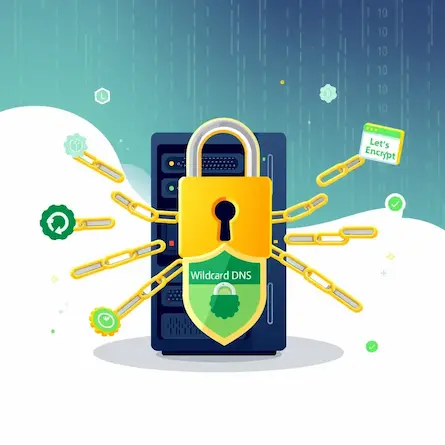Protecting Your Website: Understanding and Preventing Icon Injection Attacks
- Ctrl Man
- Web Security , Phishing Prevention
- 12 Jun, 2024
Protecting Your Website: Understanding and Preventing Icon Injection Attacks
Introduction
Subtitle: Navigating the Risks of Icon Injection Phishing and Enhancing Security with Subresource Integrity.
In today’s digital landscape, web applications face increasingly sophisticated attacks. One often overlooked threat is icon-based phishing, where attackers replace legitimate icons with malicious ones. This guide explores how these attacks work and how you can protect your site.
Icon Injection and Phishing
Example Scenario
Consider a popular website using icons extensively for its interface. An attacker could substitute these icons with malicious ones hosted on their server. Users might then interact with these harmful icons, unknowingly putting themselves at risk.
Mitigating Risks
To protect against such attacks, web developers should take several precautions:
Regular Updates and Security Checks
Keeping all dependencies and code up-to-date minimizes vulnerabilities that attackers could exploit.
Use Trusted Icon Libraries
Incorporate icon libraries from reputable sources and verify the integrity of the files if possible.
Host Critical Assets Locally
Consider hosting important assets like icons on your own server or through a Content Delivery Network (CDN) for better control and security.
Educate Users
Inform users about phishing risks, how to recognize suspicious activities, and what actions to take when encountering unexpected behavior.
Implement Multi-Factor Authentication
Enhance user account security by requiring multiple forms of authentication beyond just passwords.
Subresource Integrity (SRI) for Security
An important step in securing icon references is implementing Subresource Integrity (SRI). This feature allows developers to specify a cryptographic hash of the external resource directly within their HTML code. When the browser loads the resource, it compares the computed hash with the provided one to ensure the integrity and authenticity of the file.
Example SRI Implementation
<link rel="stylesheet" href="https://cdnjs.cloudflare.com/ajax/libs/font-awesome/5.15.3/css/all.min.css"
integrity="sha384-MpPN6fRbzGIlVEupG6r9wDjVWVt3UQ1hn1OCQOksKqxgTqHHClt2NYf+szB4n5iB"
crossorigin="anonymous">
The integrity attribute ensures the file has not been altered, while crossorigin allows fetching the resource securely.
Conclusion
By comprehending and addressing the risks of icon injection and phishing, developers can significantly bolster their website’s security. Implementing strategies like Subresource Integrity (SRI), educating users about phishing risks, and refactoring code for better security practices are crucial steps in maintaining a safer online environment.
This article provides an in-depth look at how attackers might exploit icon references to carry out web attacks, including “icon injection” phishing tactics. It also offers practical advice on securing icon libraries through Subresource Integrity (SRI) and refactoring code for better security practices. By following these guidelines, developers can protect their websites from potential vulnerabilities and ensure a safer online experience for users.
